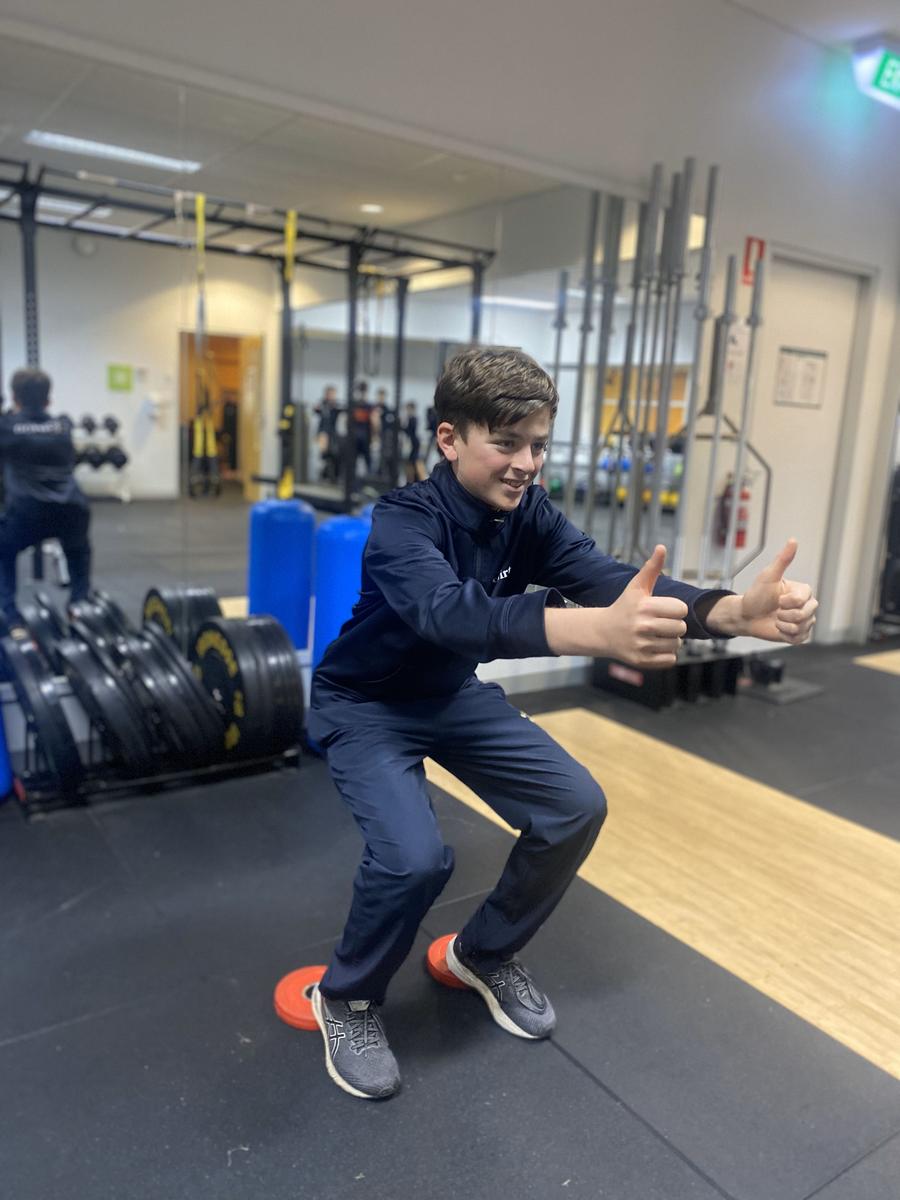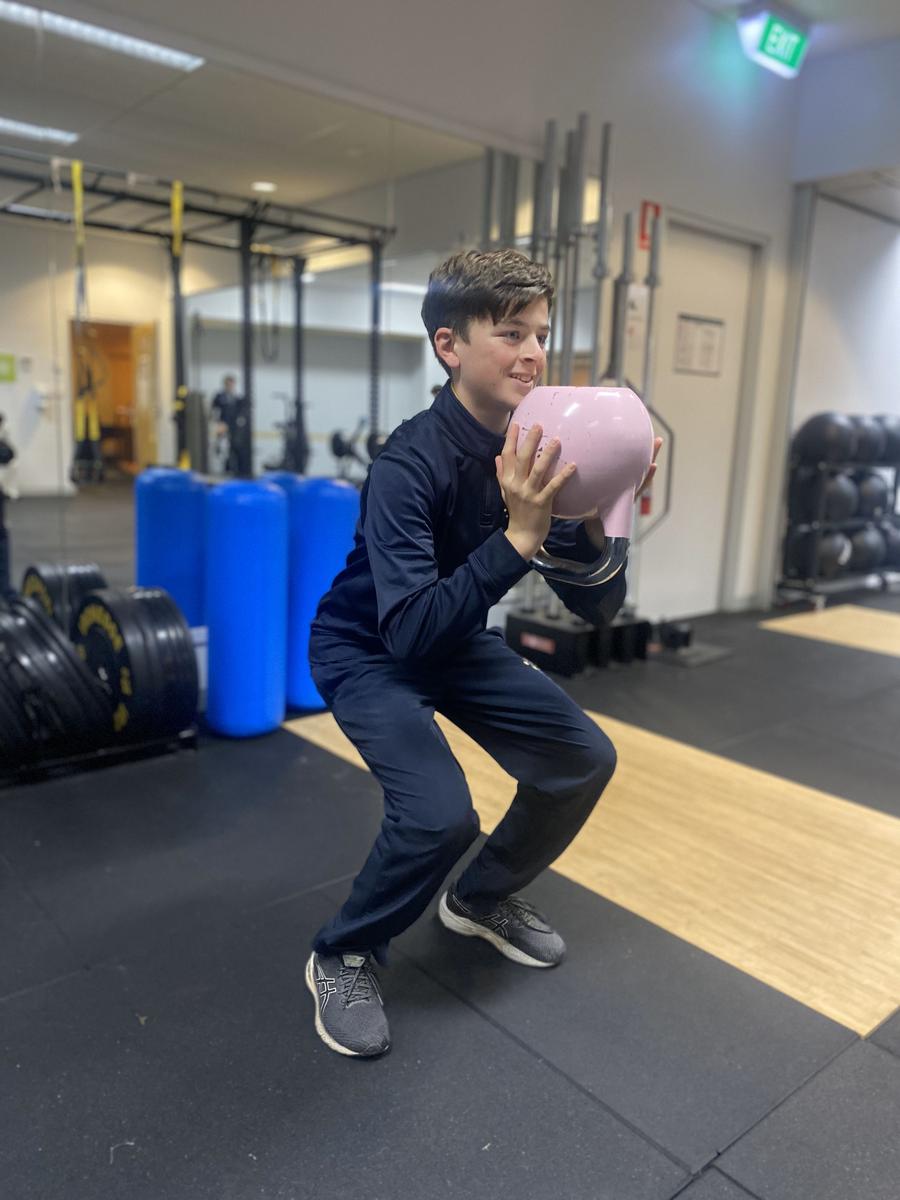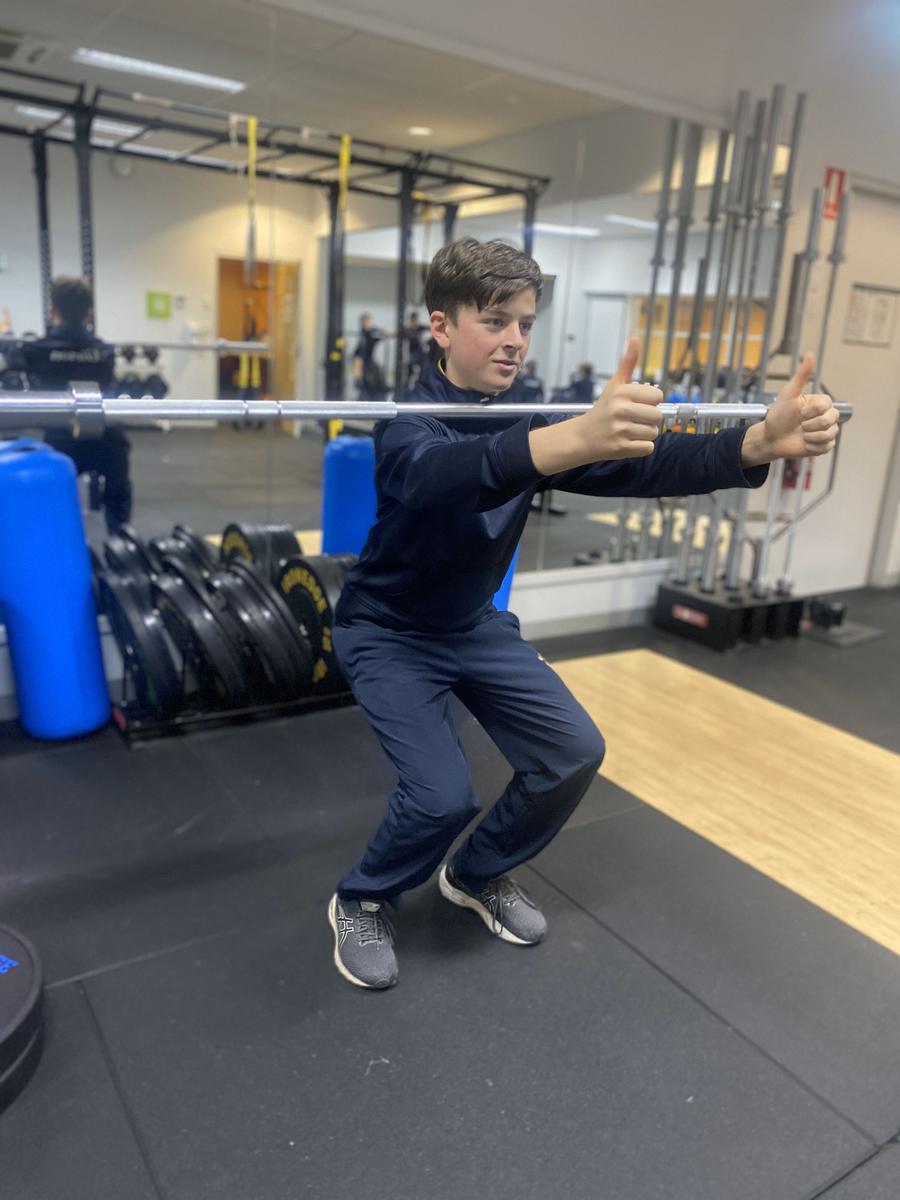Sports Excellence News

Why do we need progressions??
The Long-Term Athletic Development (LTAD) model is a framework that provides guidelines for the optimal development of athletes over an extended period. It recognizes that athletic development is a gradual and progressive process that requires careful planning and consideration of an individual's age, biological development, and training needs.
Having different exercise progressions is important for our athletes for several reasons:
- Skill development: Exercise progressions allow students to develop and improve their skills gradually. Starting with simpler movements and gradually advancing to more complex exercises helps build a solid foundation and allows for mastery of proper form and technique. It also helps prevent injuries that may occur from attempting advanced movements without sufficient preparation.
- Progressive overload: Progressions enable the principle of progressive overload, which is crucial for continued improvement in fitness and performance. By gradually increasing the difficulty or intensity of exercises, such as adding resistance or challenging balance and stability, the body is constantly stimulated and forced to adapt. This progression ensures ongoing progress and prevents plateaus.
- Adaptation and variety: Our bodies are highly adaptable, and they can quickly adapt to a particular exercise routine if it remains the same for an extended period. Incorporating different exercise progressions helps to keep workouts fresh, challenging, and engaging. It targets different muscle groups, movement patterns, and energy systems, leading to overall balanced fitness development.
- Avoiding boredom and monotony: Performing the same exercises repeatedly can become monotonous and may lead to boredom. By introducing different exercise progressions, students can add variety to their workouts, keeping them exciting and enjoyable. This variety makes it more likely for people to stick to their exercise routine long-term.
An example of this can be seen below, here we have Jack performing a number of exercises from our bilateral knee dominant progressions.
Picture 1
Picture 2
Picture 3
Picture 4
BILATERAL |
Heels Raised Zombie Bodyweight (BW) – PICTURE 1 |
Heels Raised Prisoner BW |
Squat Zombie BW |
Squat Prisoner BW |
Squat- Kettlebell (KB) Goblet- PICTURE 2 |
Squat- KB Goblet (Pause) |
Squat-Landmine |
Squat- Zombie- Barbell- PICTURE 3 |
Squat- Safety BB |
Squat - BB Front |
Squat - BB Front (pause) |
Squat BB- PICTURE 4 |
Squat BB 1 1/4 |
Squat OH |
Mr Ben Furphy
Head of Athletic Development




